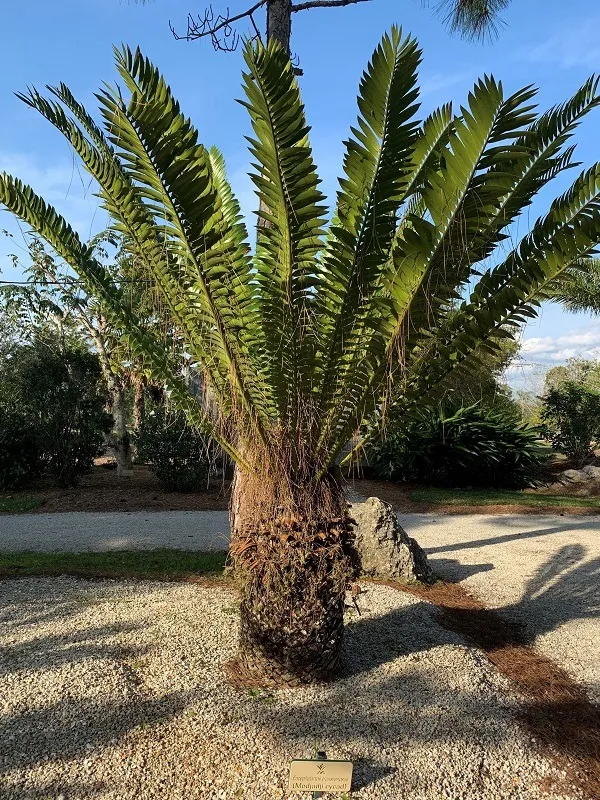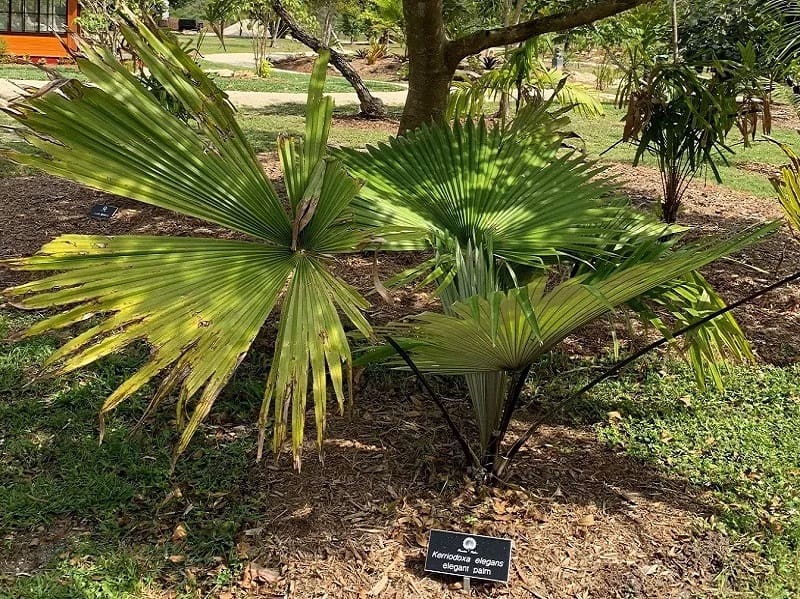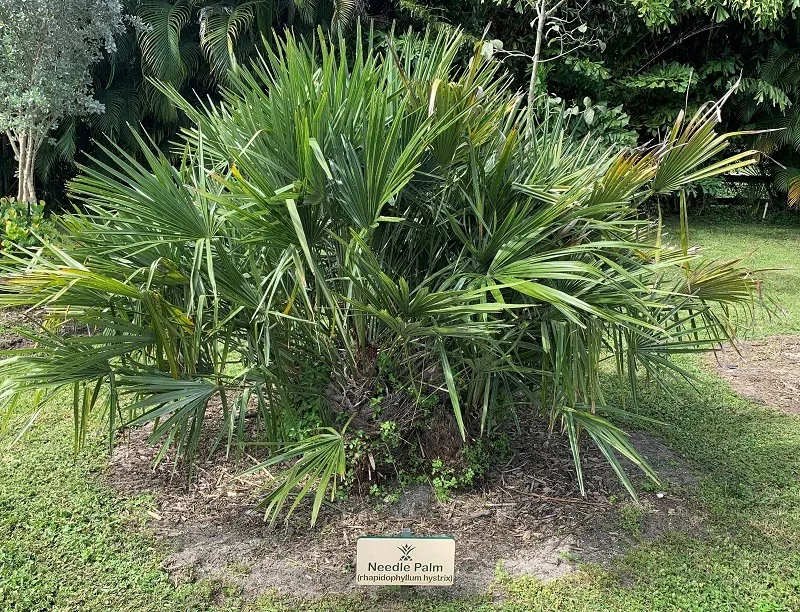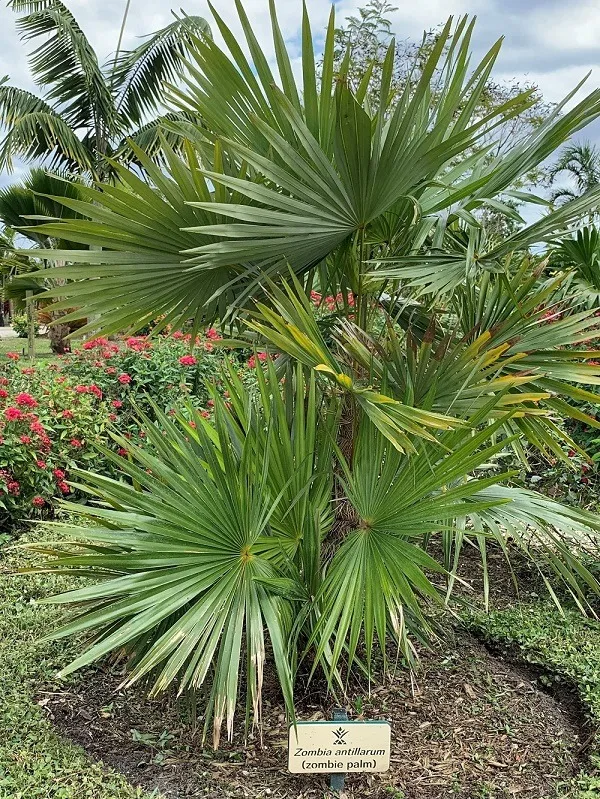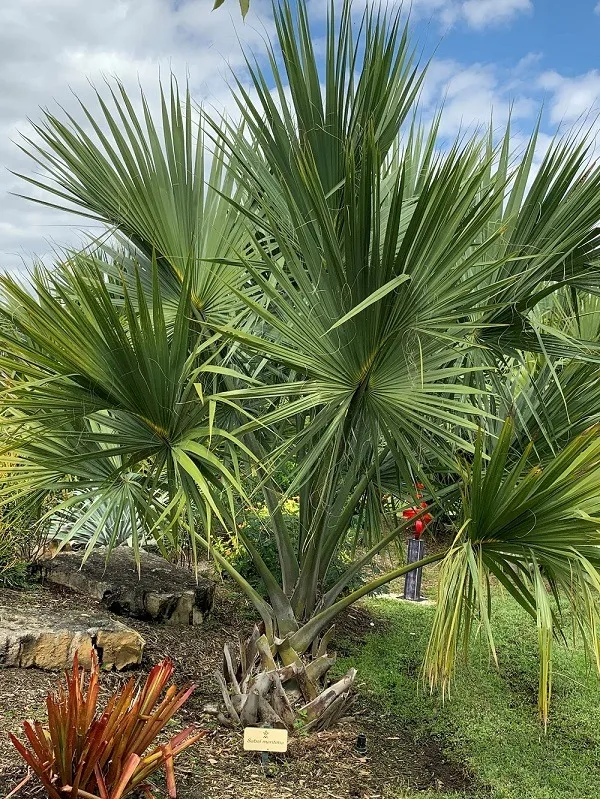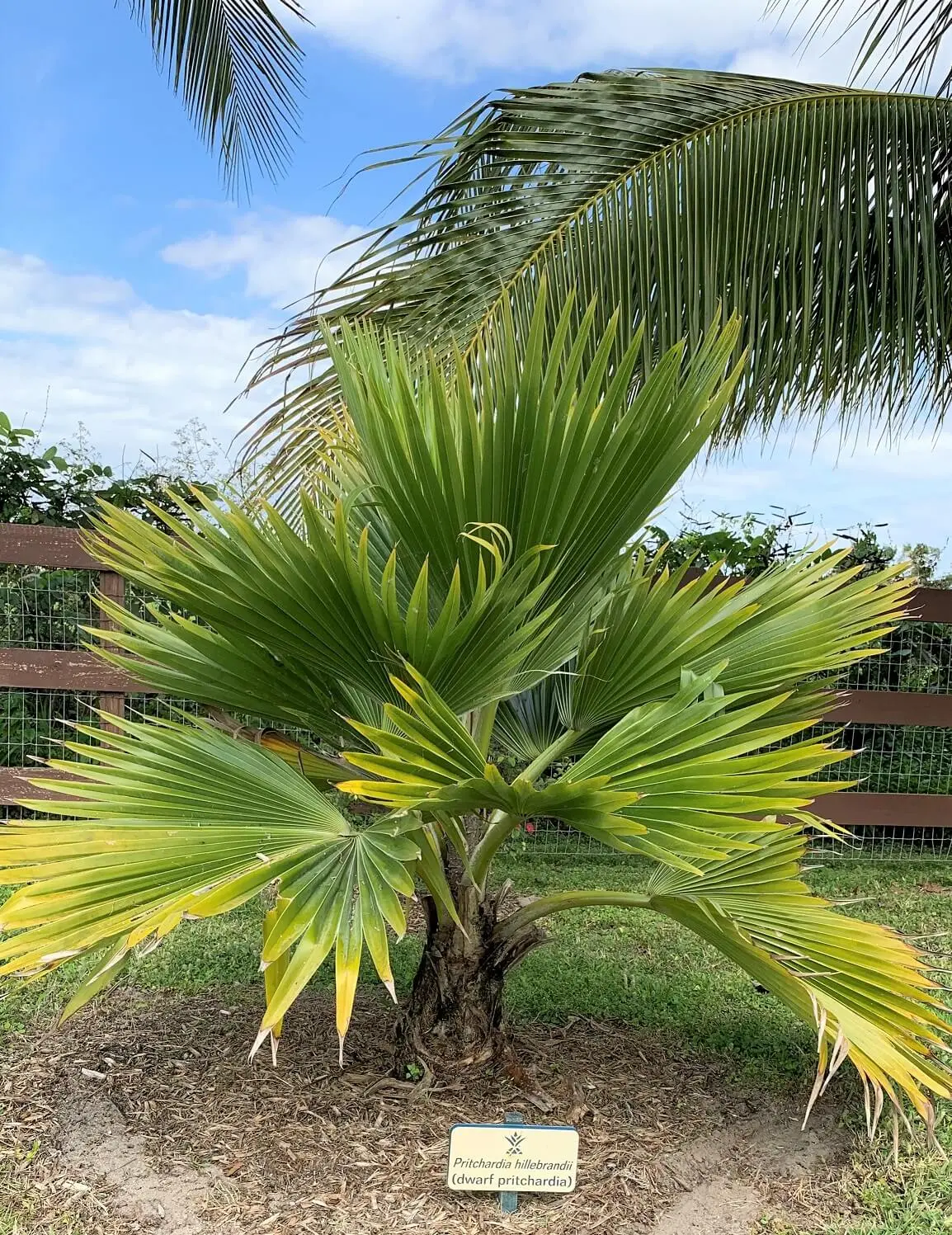SOUTH PACIFIC
The South Pacific, a vast and diverse region consisting of Polynesia, Melanesia, Micronesia, and a myriad of islands such as Hawaii, Tahiti, Easter Island, Fiji, Papua New Guinea, the Cook Islands, Samoa, Tonga, and Vanuatu, forms a tapestry of unique and varied ecosystems. This region boasts a rich diversity of palms, with the ubiquitous presence of the iconic coconut palm being a unifying botanical thread across these lands.
The coconut palm, a symbol of the tropics, thrives across every one of these islands, offering not only a source of food, shelter, and resources for the local populations but also serving as a testament to the interconnectedness of these diverse cultures and landscapes. Beyond the coconut palm, these islands are home to a collection of a dozen or more palm species introduced from outside the region. These imported species have established themselves within the South Pacific, adapting to the local environments and becoming an integral part of the unique ecosystems.
The palm diversity in the South Pacific mirrors the region’s cultural richness and historical connections. Palms hold significant cultural and economic importance across these islands, deeply intertwined with local traditions and livelihoods. They are utilized in various ways, from providing food and materials for construction to being woven into crafts and ceremonies, thus contributing to the fabric of these island societies.
The exchange of palm species between these islands and with other regions reflects the historical movements of people, trade, and colonial influences. The introduction of new species into the South Pacific has added to the botanical diversity and enhanced the ecological landscapes of these islands.
Understanding the dynamics of palm distribution and diversity in the South Pacific not only contributes to botanical knowledge but also sheds light on the historical and cultural interactions that have shaped these islands. Preserving and sustaining the palm diversity in this region is not only crucial for the conservation of the plant species but also for safeguarding the cultural heritage and ecological balance that these palms represent across the diverse landscapes of the South Pacific.
Collection Includes
Balaka microcarpa ♦ Burretiokentia hapala ♦ Carpoxylon macrosperma ♦ Chambeyronia macrocarpa ♦ Clinostigma samoensis ♦ Cyphophoenix elegans ♦ Cyphophoenix nucele ♦ Cyphosperma trichospadix




